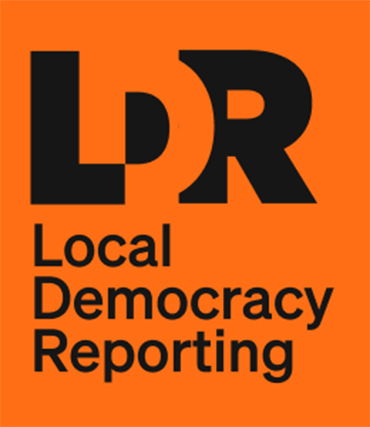Group wants seats for iwi at council

Diane McCarthy
Ōpōtiki district iwi collective Toi Rāwhiti presented their vision of what a Te Tiriti-led local government could look like at a Represenation Review hearing on Tuesday.
They sought an equal number of general and Māori ward positions; for each of the district’s three iwi, Te Whakatōhea, Ngāi Tai and Te Whānau a Apanui to be represented by a councillor; and that Māori ward boundaries align with tribal boundaries.
The group’s iwi-led project manager, Jodi Porter, addressed commissioners from the Local Government Commission at the hearing of its appeal against Ōpōtiki District Council’s representation arrangements.
Local Government Commission chairman Brendan Duffy chaired the hearing as part of a panel that included commissioners Bonita Bigham and Gwen Bull.
The Ōpōtiki council decided on its representation arrangements in September, adopting its initial proposal to have three Māori ward councillors across two wards, four general ward councillors across two wards, plus a mayor.
Toi Rāwhiti had previously submitted that it did not consider this an equitable arrangement, and it wanted to see more Te Tiriti-led representation.
Toi Rāwhiti was first formed to be a Health Locality during recent health reforms as a way for the three iwi of the district to work together with other groups in the health space.
Te Rūnanga o te Whānau chief executive Rikirangi Gage, Te Tāwharau o Te Whakatōhea chief executive Dickie Farrar and Ngāitai Iwi Authority trustee Lisa Kelly are listed as the group’s tribal leaders.
They did not appear at the hearing as they were all engaged elsewhere, appointing Ms Porter to speak on their behalf.
Ms Porter said Toi Rāwhiti wished to highlight the opportunity the Local Government Commissioners had “in determining and shaping what a Te Tiriti-led local government could look like”.
“For us this is about equitable and appropriate representation and the chance to uphold Te Tiriti o Waitangi through the distinction of iwi boards and the concept of mana to mana representation arrangements.”
She asked that the commissioners conduct a review of the concept of a “community of interest”.
“It is considered a failure of Local Government that guidelines for representation reviews undertaken in New Zealand in 2025 are informed by local government definitions and discussions that were first held in Australia in 1989.
“We note that there is no consideration of Te Tiriti o Waitangi.
“We are at the sharp end of change in terms of doing things differently.”
She said 90 percent of the iwi represented by Toi Rāwhiti lived outside the district.
“We must protect ... if we were supported to have mana to mana representation at the local government table, the views of our iwi populations, whether they are residing within our Toi Rāwhiti-Ōpōtiki district region, or whether they are living away.
“We want to ensure that we are part of the decisions that affect the number of liquor outlets, gambling machines ... to ensure that we design the world which they inherit.”
Ōpōtiki Mayor David Moore said he agreed with a lot of what Ms Porter said but it was “outside the realm of what we can and can’t do”.
“We’re bound by the rules.”
Mr Moore said it had been important to the council prior to making the decision to establish Māori wards to engage early with iwi partners.
“While we received only one formal piece of feedback, the consensus in general among our iwi partners was that they supported council establishing Māori wards.”
The council also held community engagement events throughout the district, which Mr Moore said were poorly attended.
“Some of [the elected members] decided to implement Māori wards knowing it would be the end of their local government career, but did so because they knew it was the right thing to do,” he said.
He said Māori wards were only “part of the puzzle” of better representation of Māori on council.
The council had already looked into establishing a committee in which iwi leaders could have input.
“It is very difficult, as we saw today. We didn’t have key people turn up to support Jodi. That is usual. Everyone is stretched ... if they won’t come to us, let’s go to them.”
Mr Moore had an optimistic view of the future of Māori representation on council.
We’ve got 60 percent of our population that is Māori, though only 45 percent are [enrolled] on the Māori roll. That 60 percent is growing and that kohanga generation is coming so a lot of this is going to be irrelevant in years to come. They are going to be in force in these roles.”
The Commission must make a decision by April 10.